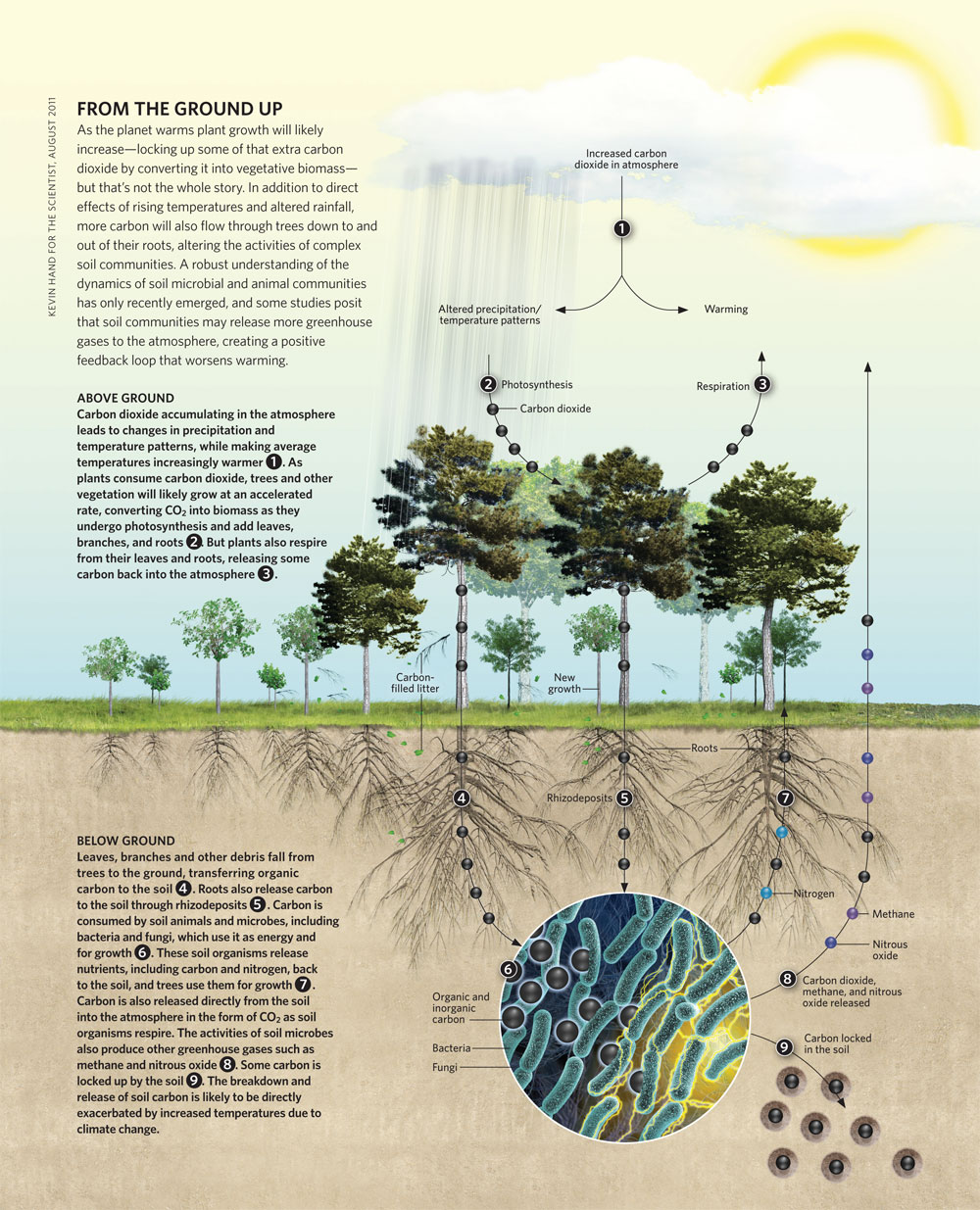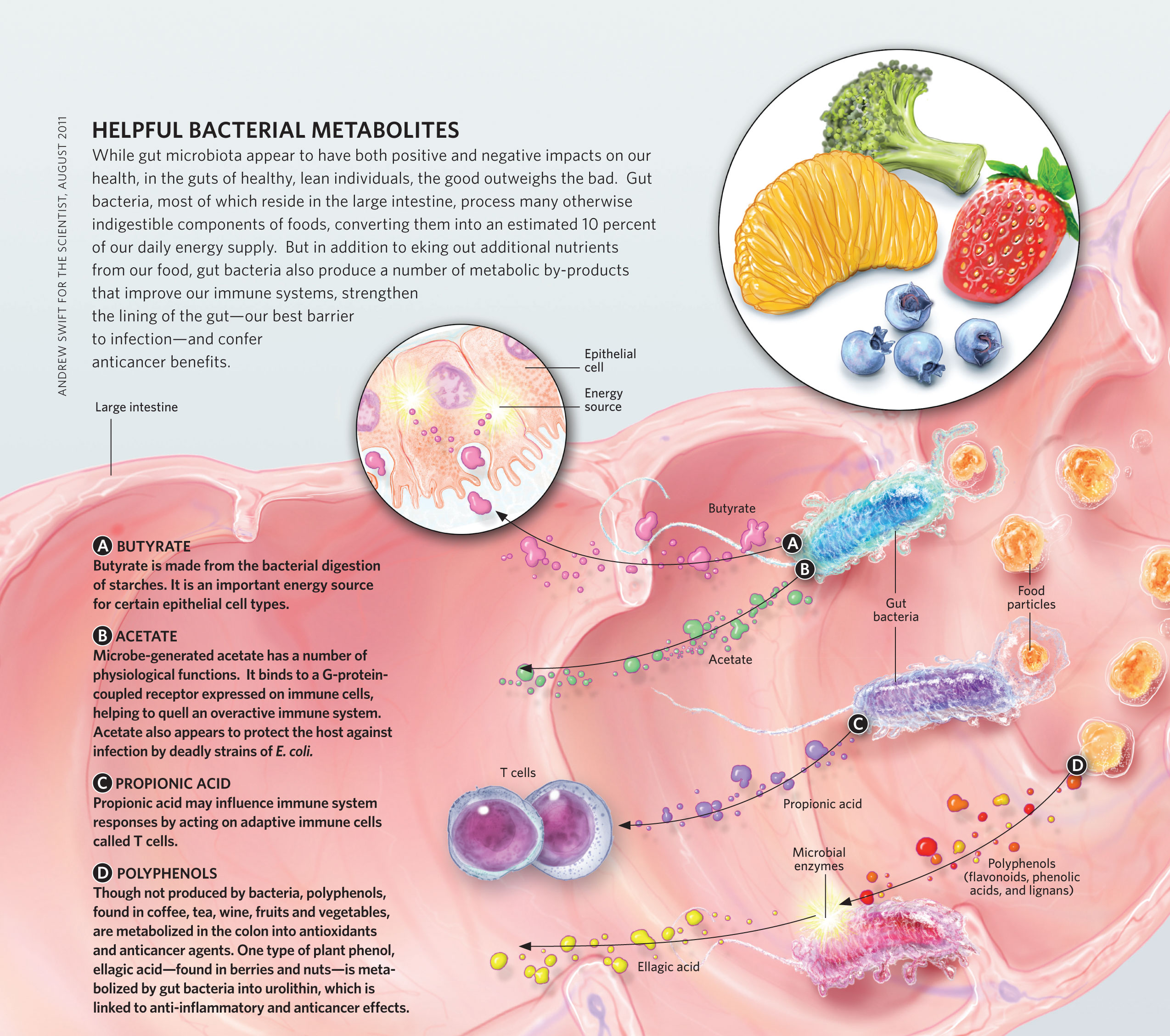 ReligionBelief&Behavior |
ReligionBelief&Behavior | why, if selfish behavior became especially costly in human history, evolution did not favor a simpler solution for suppressing selfishness other than God: “why invoke … the cognitively costly and seemingly excessive deterrence of belief in all-knowing, all-powerful agents, rather than just improve accuracy or globally reduce confidence in the ability to defect?” (p. 61). This is exactly the right question to ask, it presents the greatest challenge to SPH, and it remains unanswered by their analysis. I propose that there are several good reasons why God – or other supernatural agents – make the best deterrents against selfishness.
First, the cognitive science of religion suggests that supernatural beliefs are not “cognitively costly.” They may be behaviorally costly, but beliefs in supernatural agency and supernatural consequences are the cognitive default, and are most easily accessed (Atran, 2004; Boyer, 2001; Purzycki et al., 2011). Other solutions, if they are (or once were) rivals, might therefore have been trumped simply by ease of supernatural cognition (whatever the reasons for it).
Second, God works because God is “excessive.” Error management theory (EMT) shows that assessment mechanisms that aim for the true probability of an event (e.g., the true probability p of detection for cheating) will be suboptimal because, given some distribution of mistakes (centered around estimates of p), half the time we will overestimate p (and get away with it), and half the time we will underestimate p (and get caught). Therefore, simply “improving accuracy” (in estimating p), as S&M suggest, will not necessarily help. Indeed, if false negative errors (assuming secrecy and getting caught) are more costly than false positive errors (assuming detection and missing a reward), then only exaggerated estimates of the probability of detection (e.g., a false belief that supernatural agents are watching you) will avoid the worst errors. EMT thus suggests that the best solution to avoiding the problem of detection is a mechanism that overestimates the true probability of detection. If humans are already overconfident about their likelihood of getting away with cheating, as S&M argue, then the counter-balancing bias would need to be greater still. Their concern that God is a “seemingly excessive” deterrent is prescient – the threat of punishment may need to be excessive, such as an omniscient and omnipotent God, as this is the only way (or at least one good way) to make overconfident humans avoid dangerous mistakes (Johnson, 2009b).
Third, one response to the EMT argument above is to accept the point – we need biased, not accurate, assessment – but to invoke a non-religious cognitive bias to correct the problem instead of God. However, as S&M already point out, the problem arises in part because of overconfidence in avoiding detection, so we cannot simultaneously postulate a bias in underconfidence in avoiding detection as well. God offers an alternative tool to solve the problem in a different way.
Fourth, cognitive biases might act as cautionary mind-guards, but they suffer two weaknesses: (1) a cognitive bias may suppress selfishness but has no consequences, whereas God suppresses selfishness and punishes if cheating is discovered; (2) a cognitive bias only affects individuals, with no external validation, whereas a belief in supernatural punishment is a shared aspect of culture that is reinforced by the whole community and bolstered by explanations of multiple events.
Fifth, the empirical evidence suggests that people do expect supernatural punishment for selfish behavior (even atheists in some cases), while there is a lack of evidence for alternative psychological mechanisms (only overconfidence, as noted, which works in the opposite direction).
Sixth, some empirical evidence suggests that religious beliefs are more effective at suppressing selfish behavior and promoting cooperation than equivalent non-religious beliefs (e.g., Sosis & Bressler, 2003). So even if alternative mechanisms exist now or in the past, religion may have had the competitive edge in selection.
Seventh, God offers better detection. Since humans are limited by the laws of nature, real-world detection is by no means certain to occur. By contrast, supernatural agents, though variable in power and motives, are peculiar precisely because of their ability to be in many places at one time and to have access to people's thoughts and actions. No human can match the detection abilities of God.
Eighth, God offers better punishment. We might fear detection by other humans, but how bad can the consequences be? Typical punishments are some form of sanction, which may deter some, but not all. Even major punishments such as death are somewhat finite. The thing about God is that God's punishments can be significantly worse than any earthly punishments that humans could inflict: they are certain, possibly worse than death, and infinite. No human can match the punishing abilities of God.
Ninth, supernatural punishment may trump other solutions, even good ones, because of a range of evolutionary constraints (Johnson, 2009a; McKay & Dennett, 2009): (1) economics – a fear of supernatural agency may have been biologically cheaper or more efficient to select or sustain than alternatives; (2) history – a capacity for supernatural beliefs may have been more readily available, especially given the recent evolution of theory of mind (itself necessary for beliefs in supernatural agents and agency), which gave rise to the very problem we are trying to solve (the increased costs of selfishness with social transparency); (3) adaptive landscape – fear of detection and punishment by supernatural agents may have been a small step up the local fitness peak from fear of detection and punishment by human agents, even if better solutions from, say, corrective cognitive biases occupy higher fitness peaks beyond uncrossable valleys in the adaptive landscape.
To summarize this section, supernatural agents may be the only way (or at least one good way) of scaring people into avoiding costly social mistakes, especially given the human overconfidence in avoiding detection that S&M identify. “Simple prudence” (S&M, 2011), “cautious action policies” (McKay & Dennett, 2009), or even relying on our “conscience,” may not be good enough. As long as people believe it (an important caveat, of course), deterrence by supernatural agents is vastly superior to any alternative. In the ideal type (an all-powerful God), supernatural punishment solves several tricky game theoretical problems: (1) cheats are automatically detected (God is omniscient); (2) cheats are automatically punished (God is omnipotent); (3) there are no “second-order free riders” (God does the punishing); (4) there are no reprisals against punishers (no vigilantes are needed); and (5) there are fewer first-order free riders (reducing the necessity and thus the costs of real-world monitoring and punishment). The ideal type may be rare because in traditional societies supernatural agents typically do not have the full complement of powers as above, but the theoretical logic remains even if there is variance in the extent of supernatural agent capabilities and the extent to which people believe in them. Despite variation, supernatural agents are much better than humans at solving the game theoretical problems of cooperation.















